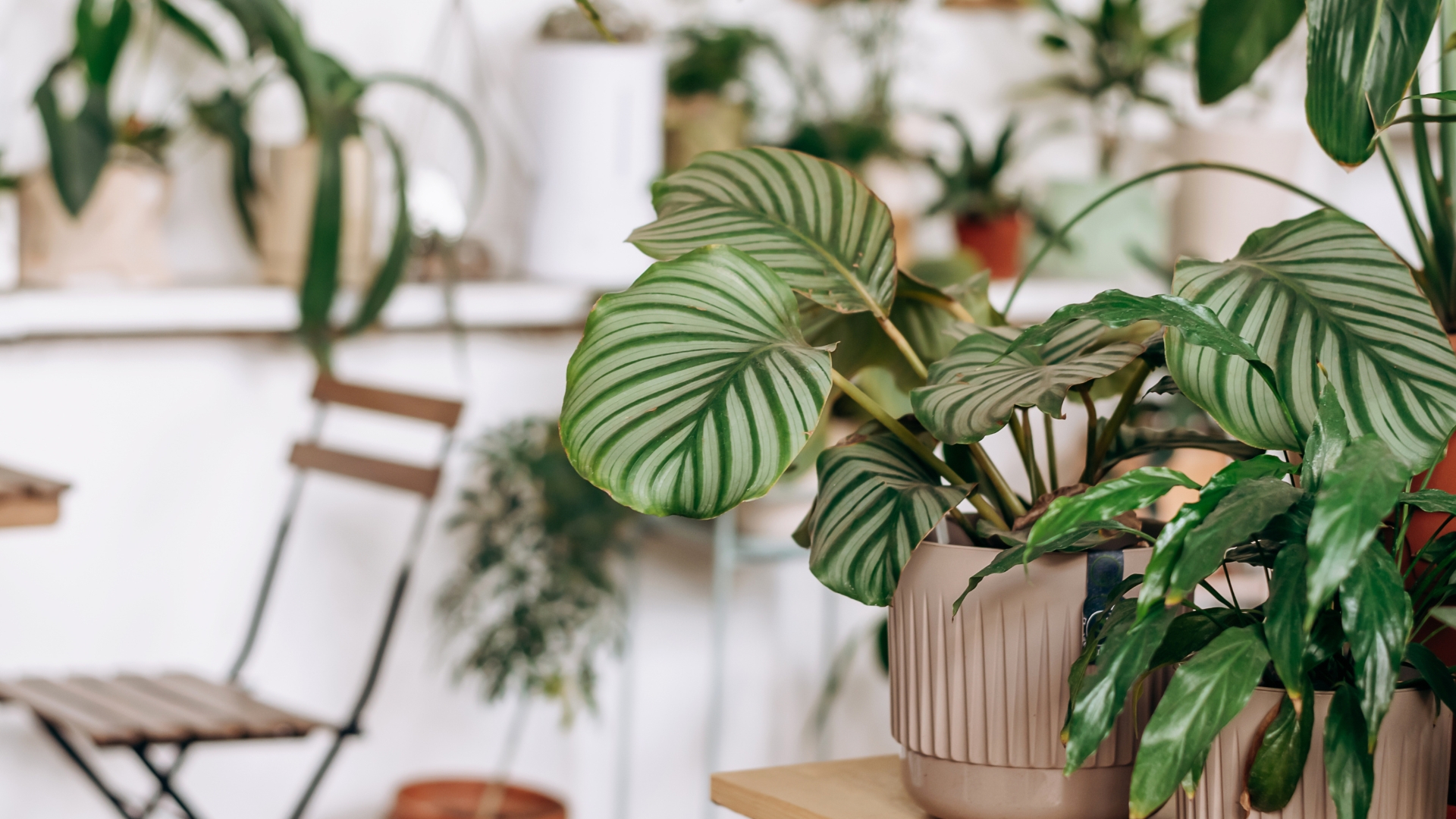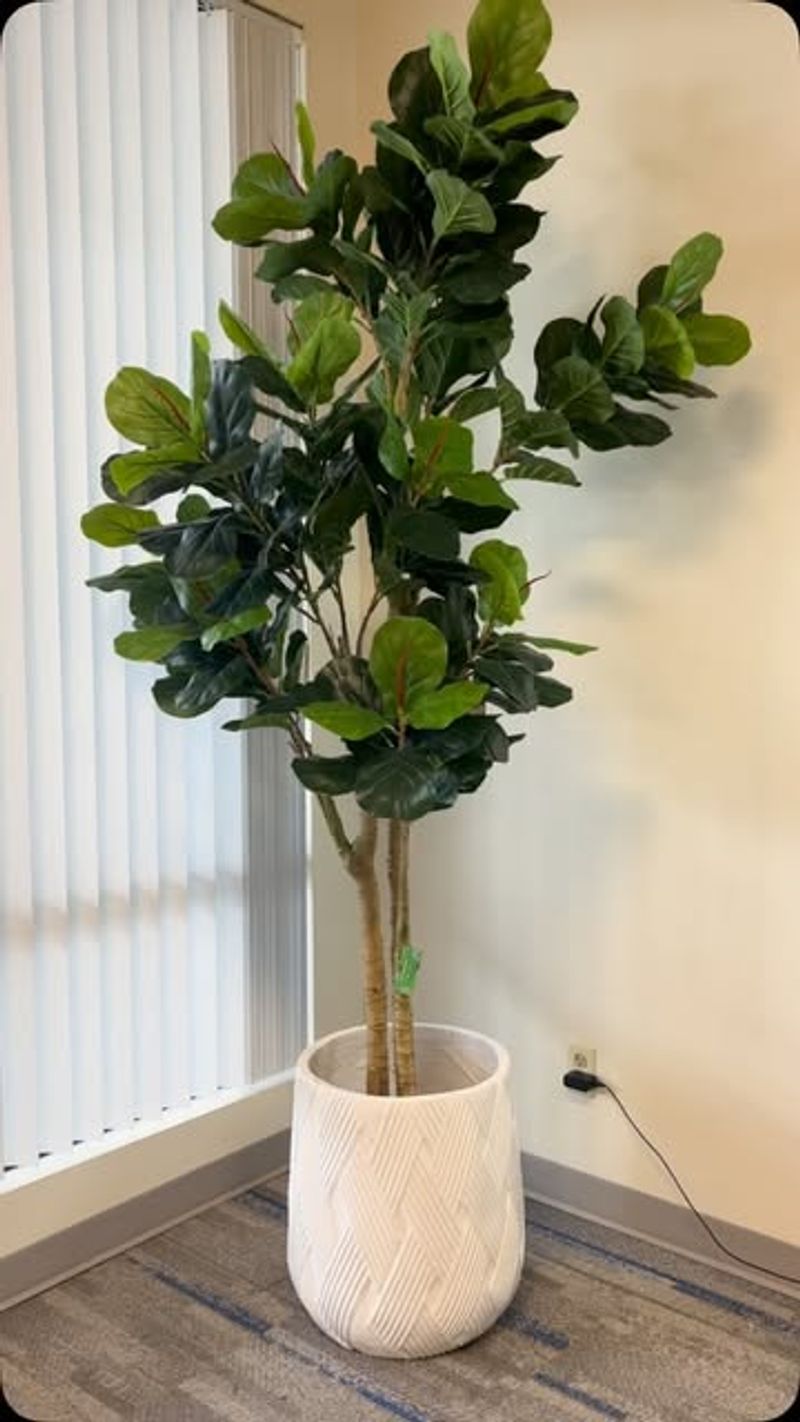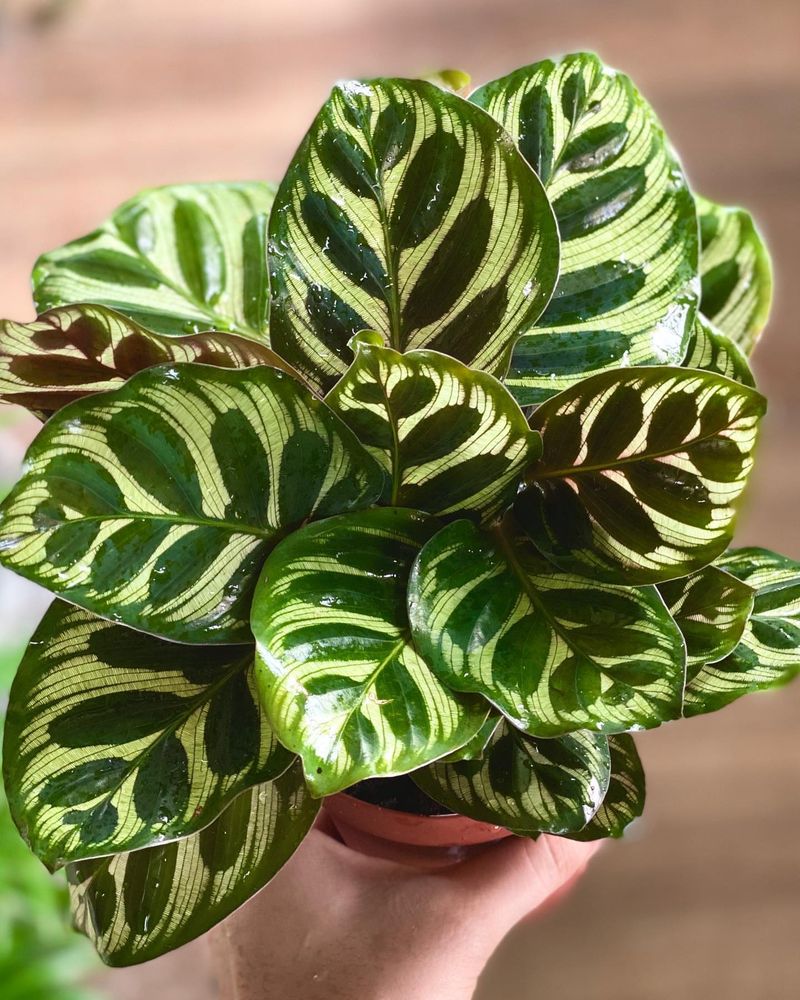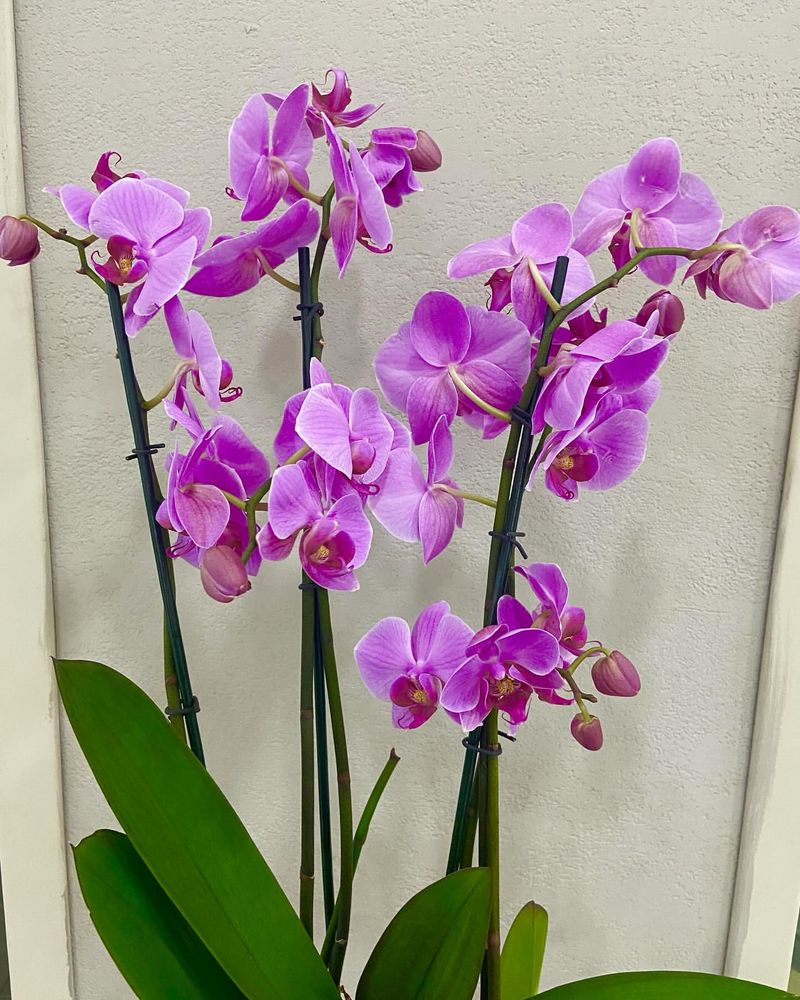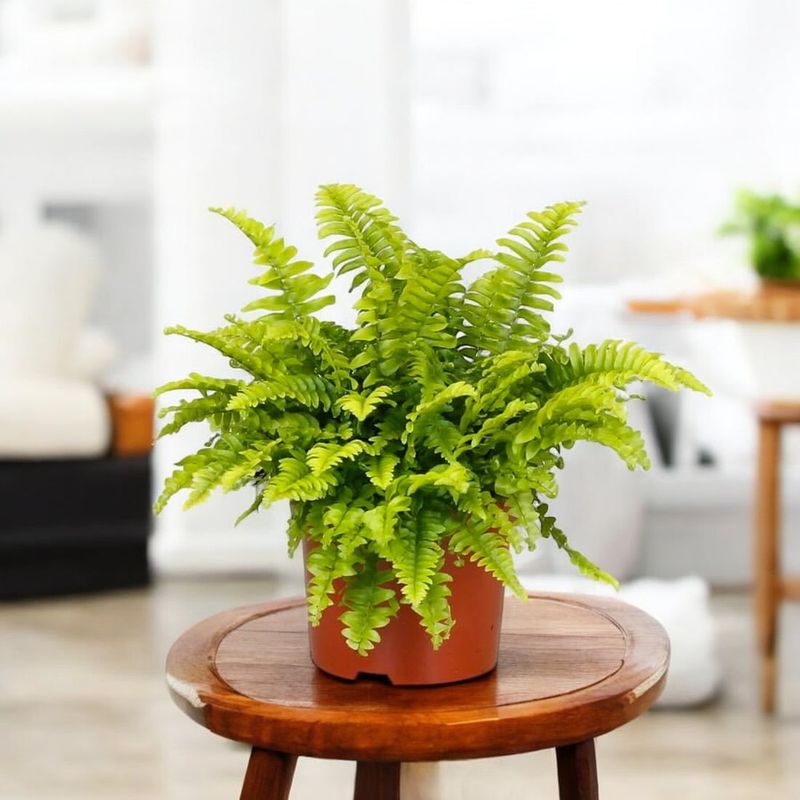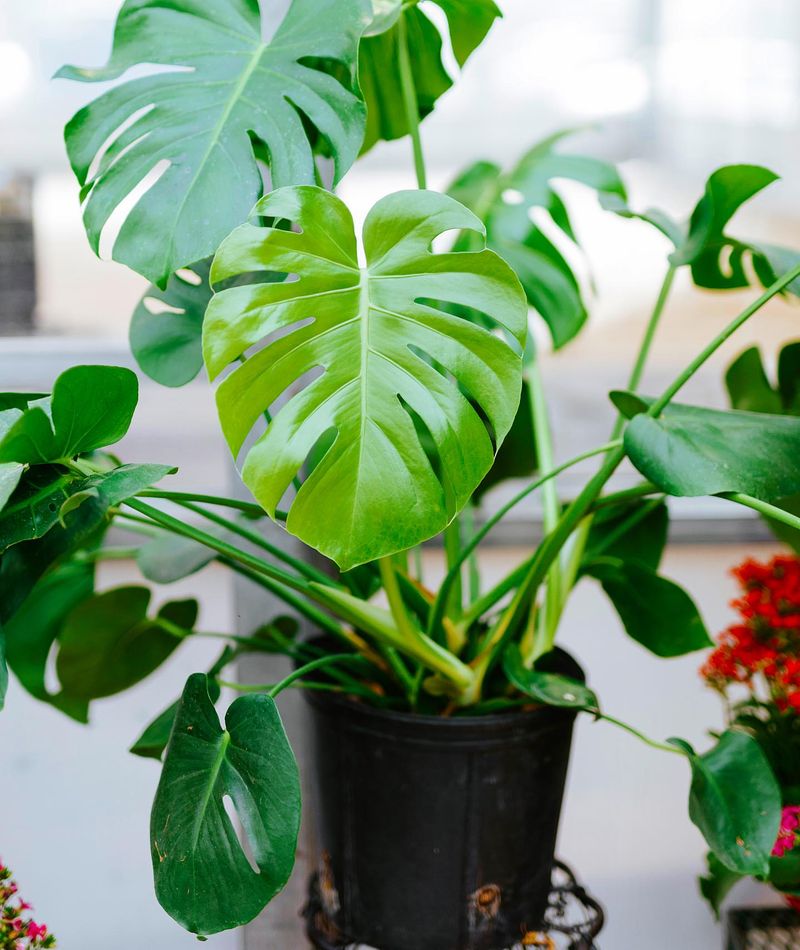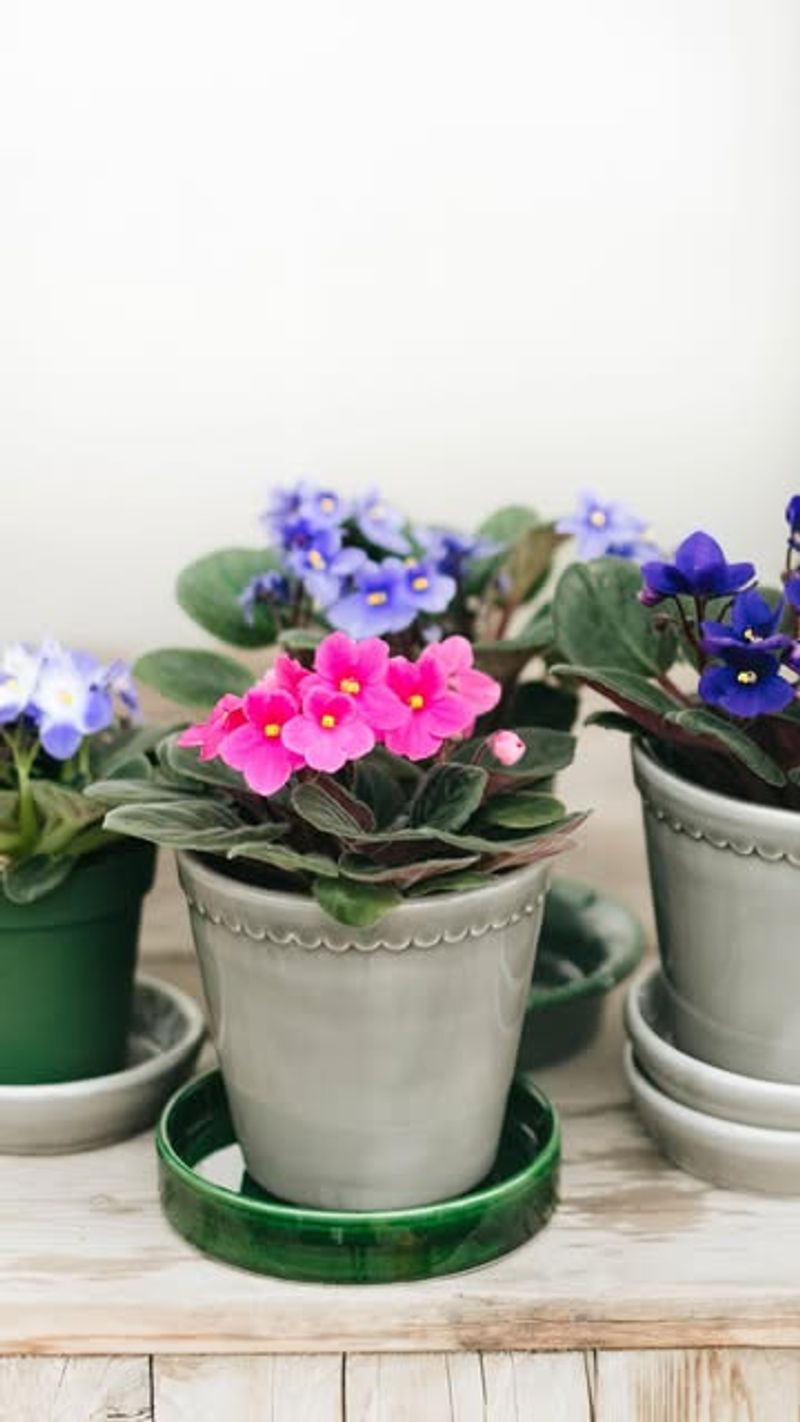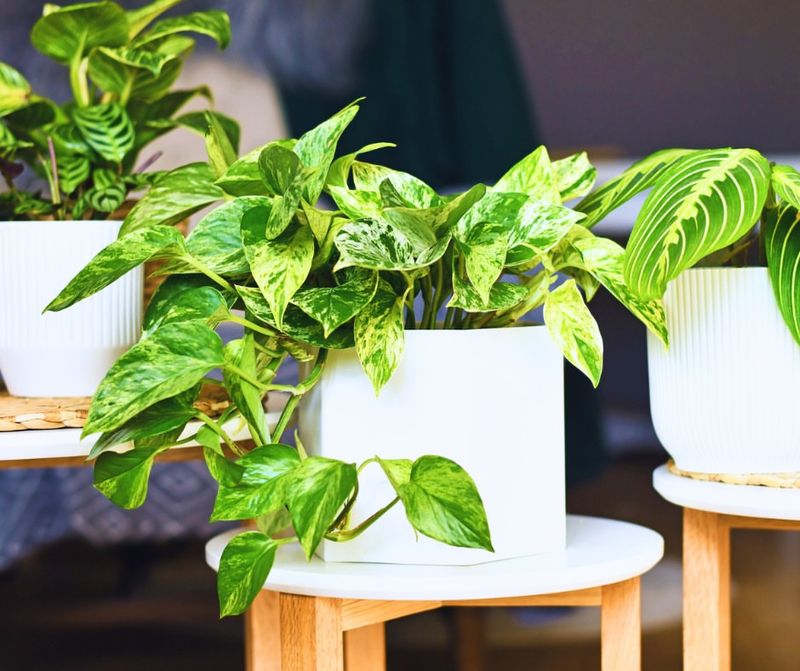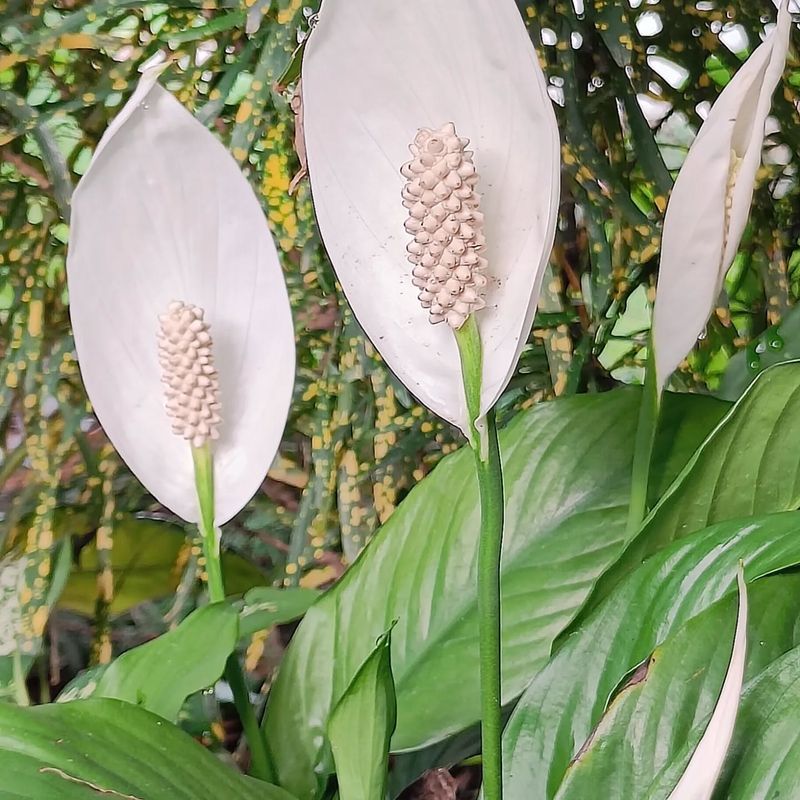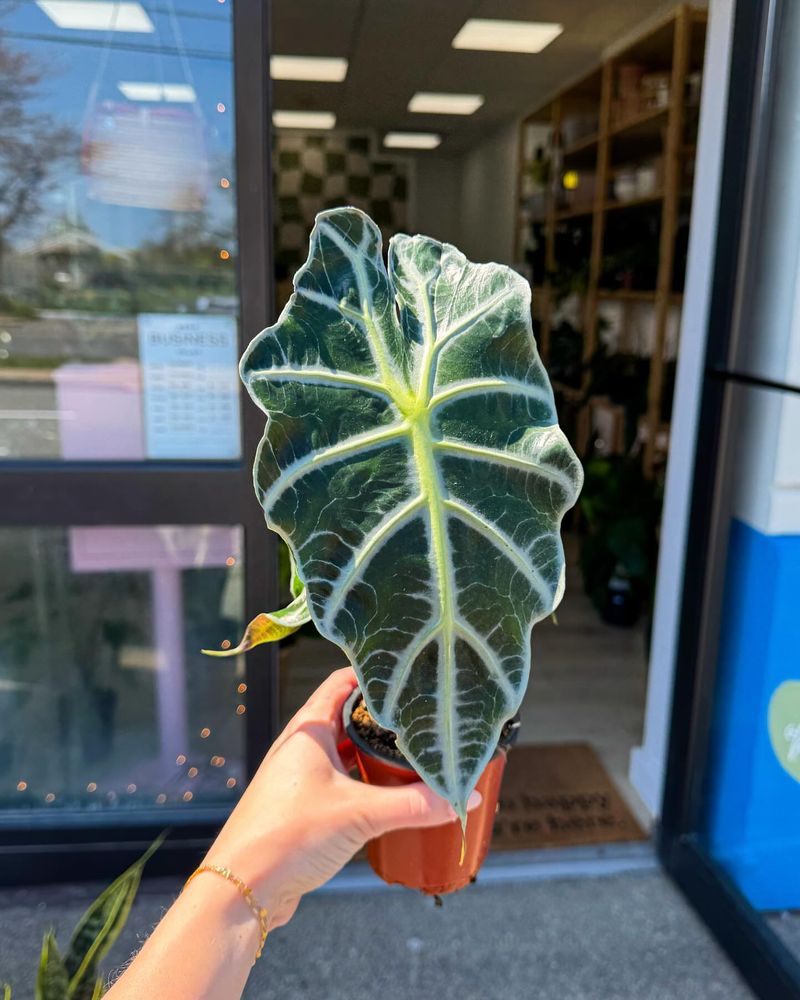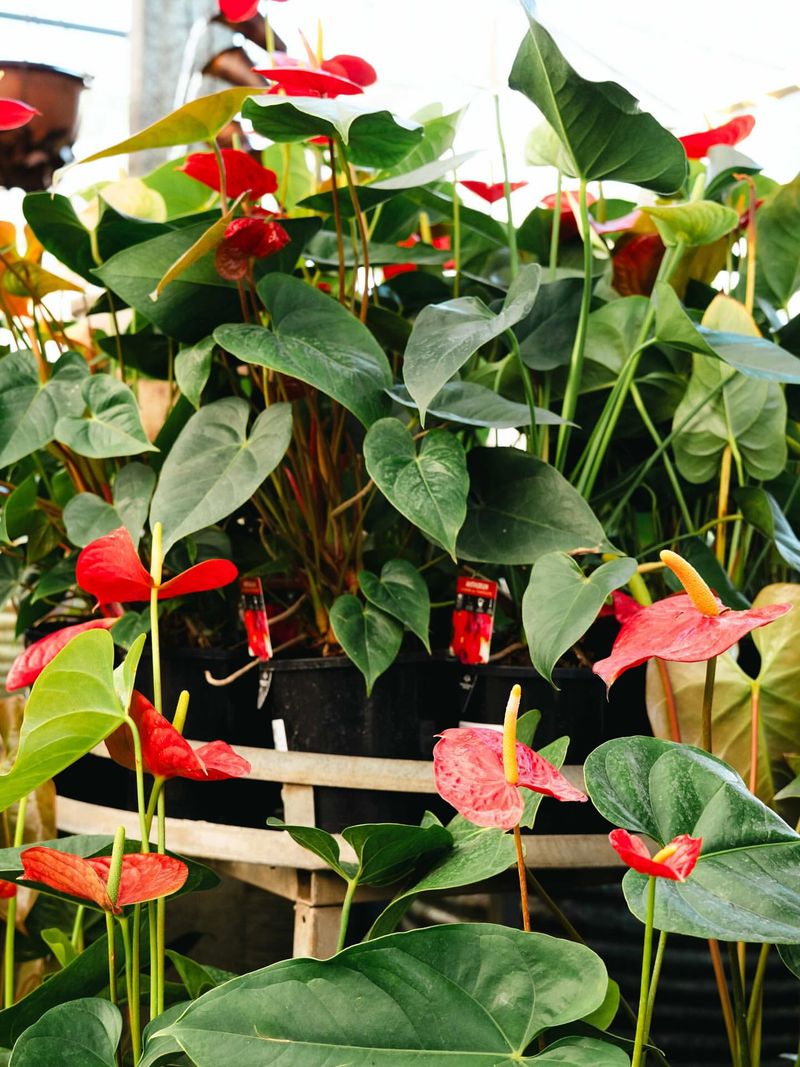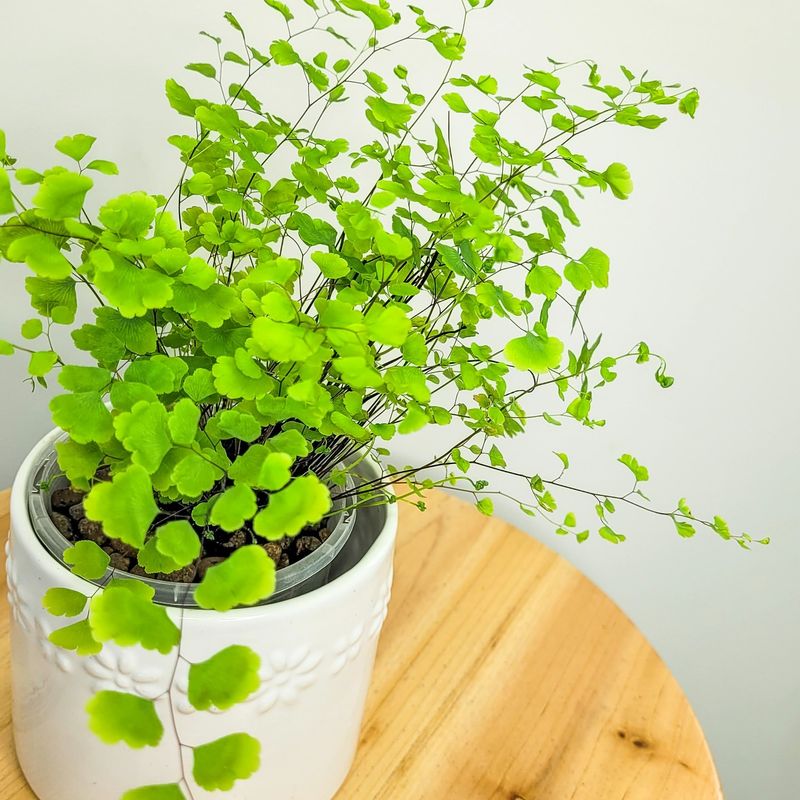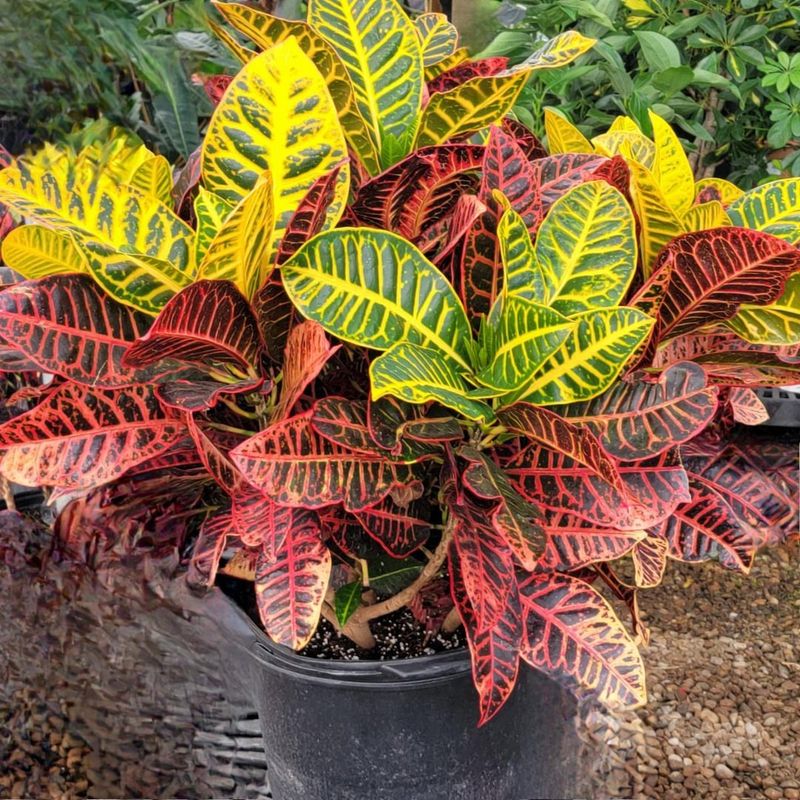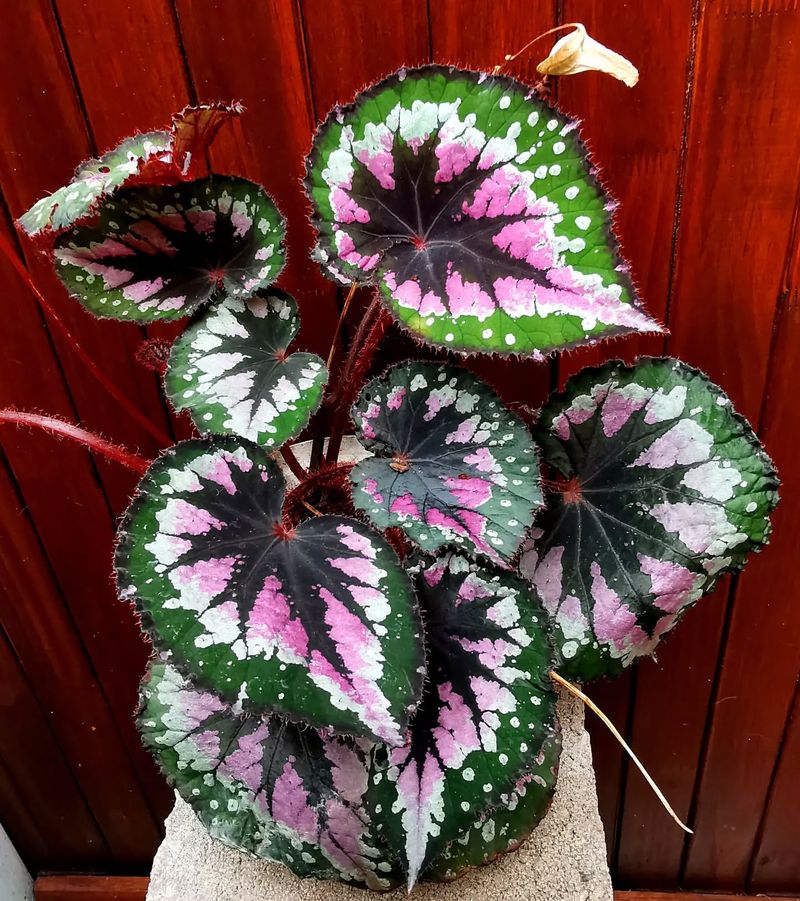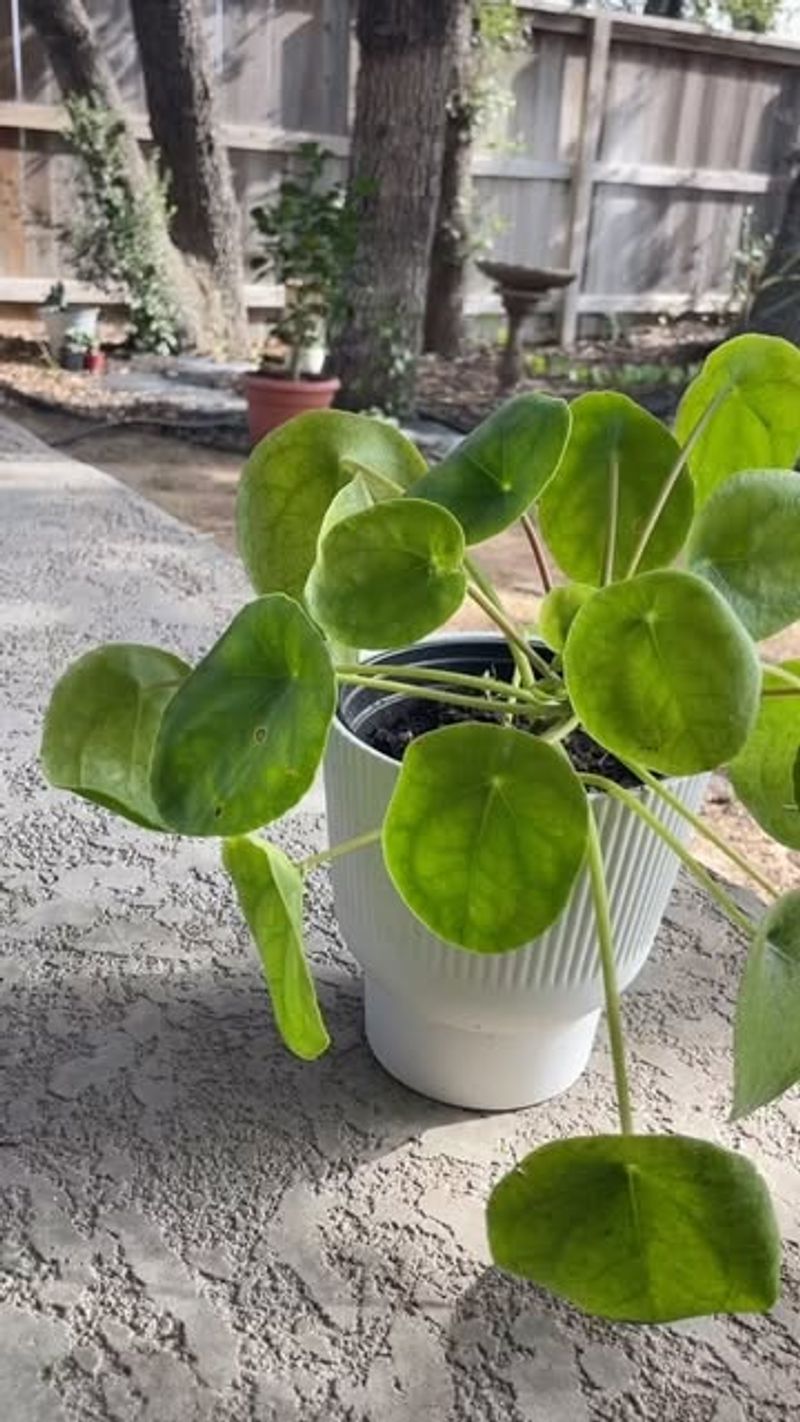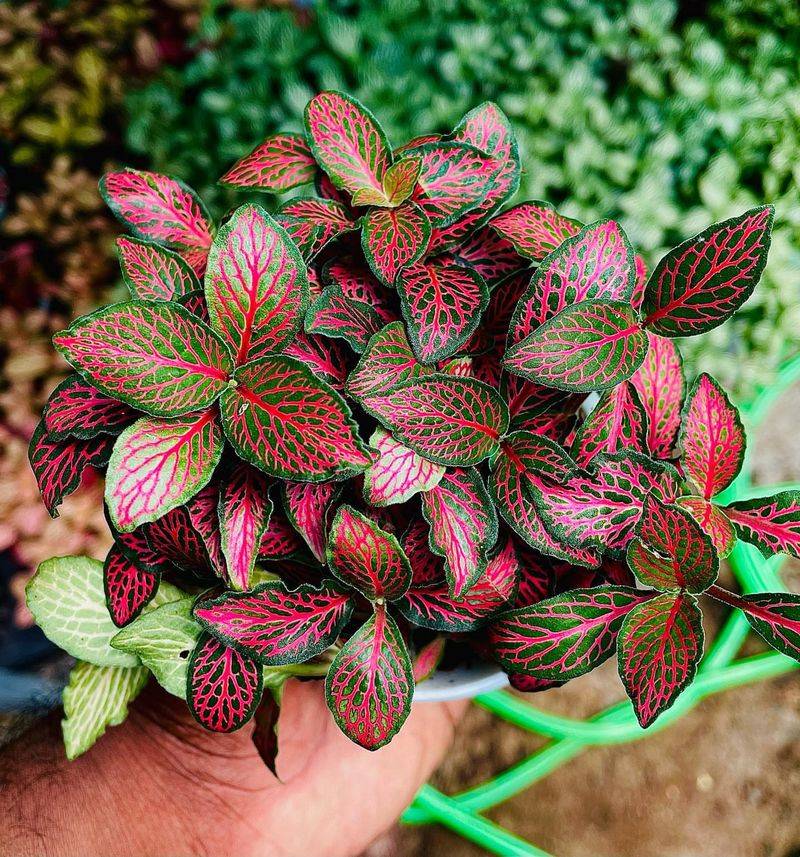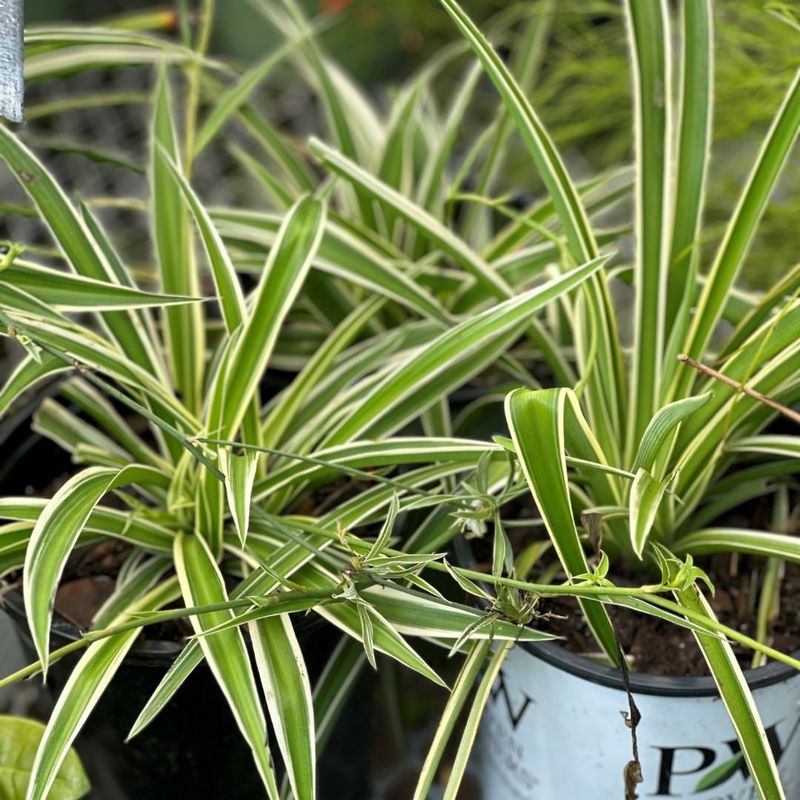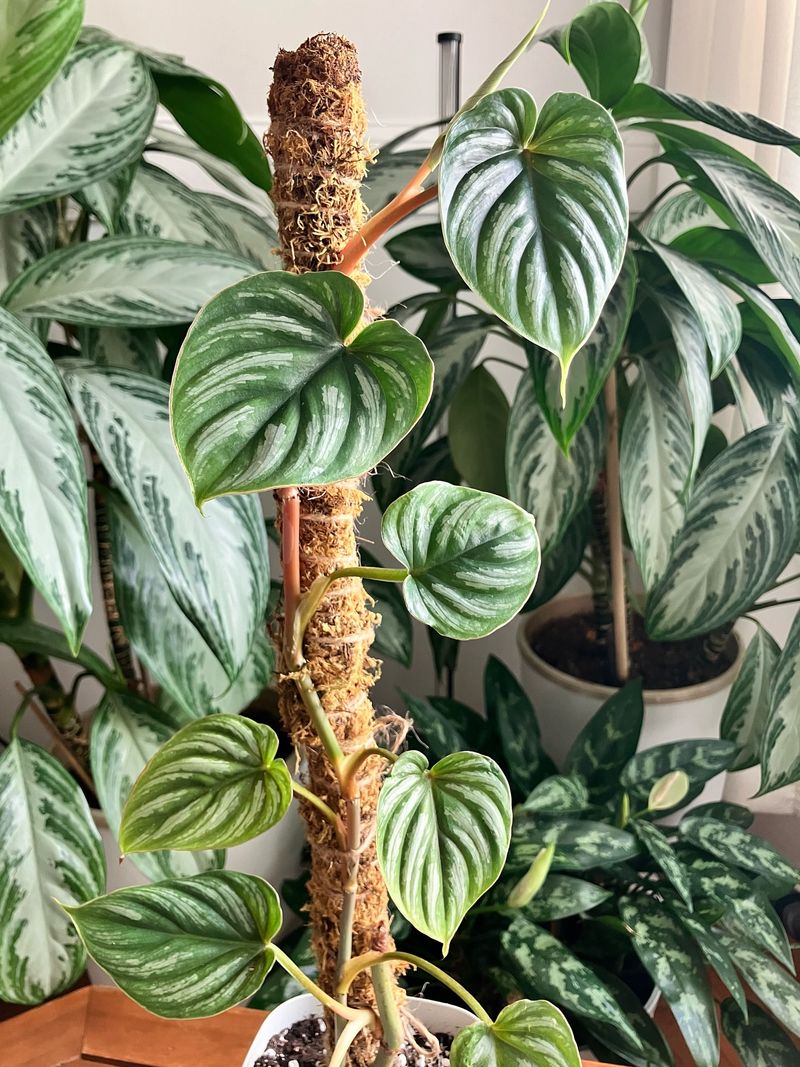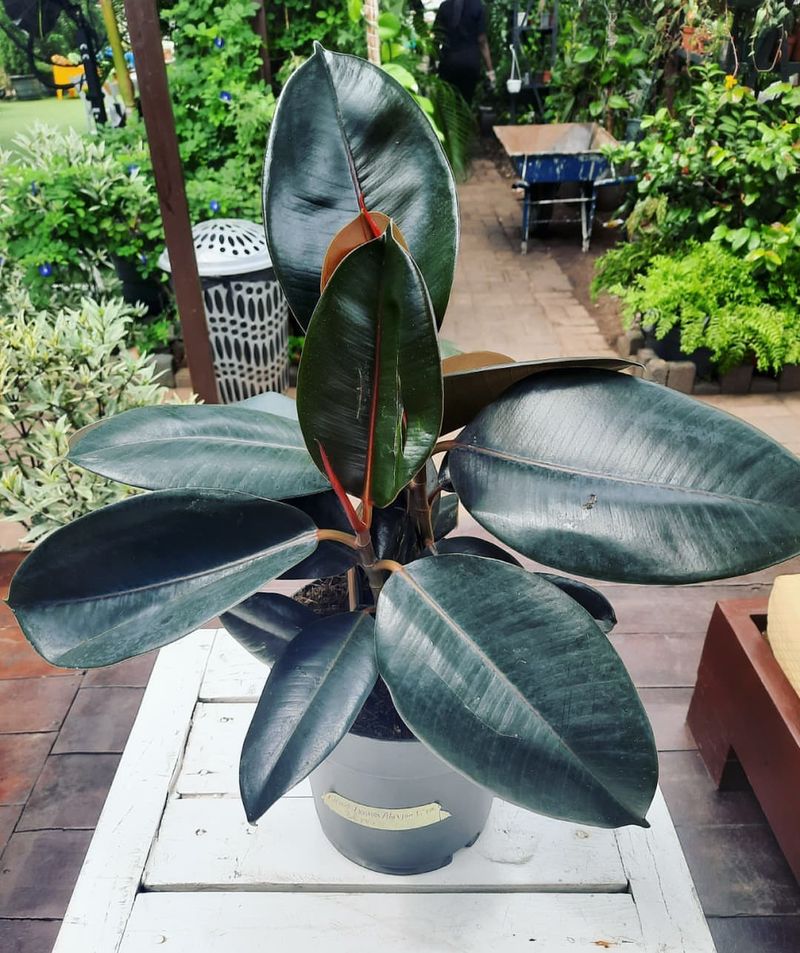Moving houseplants outside in Colorado might seem like a perfect idea, but it can actually cause more harm than good. The sun, wind, and temperature swings here can be rough on certain plants that love the indoor life.
I’ve watched a few favorites struggle after an outdoor move, and it’s tough to see them suffer. Knowing which plants thrive outdoors and which prefer staying cozy inside can save you a lot of heartache.
Let’s make sure your plants stay happy and healthy no matter where they grow!
1. Fiddle Leaf Fig
Native to tropical rainforests, these dramatic beauties absolutely hate Colorado’s dry air and temperature fluctuations. Even a single night below 50°F can cause leaf drop and lasting damage.
Many Colorado plant parents learn this lesson the hard way when their prized fig turns into a sad stick after a brief outdoor vacation. Keep this diva indoors where it can receive consistent conditions year-round.
2. Calathea
Prayer plants fold their leaves at night in a fascinating display, but they’re extremely sensitive to Colorado’s arid conditions. The crispy edges and faded patterns appear almost immediately when humidity drops too low.
Colorado gardeners often mistakenly believe morning dew provides enough moisture for these tropical plants. In reality, Calatheas need constant high humidity that our mountain state simply cannot provide outdoors.
3. Orchids
Gorgeous when blooming indoors, orchids suffer terribly in Colorado’s harsh sunlight and dry winds. Their delicate tissue burns quickly, and the dramatic day-to-night temperature swings cause stress that prevents reblooming.
Many Colorado plant enthusiasts have watched in horror as their prize-winning Phalaenopsis withered within days of outdoor placement. These sensitive bloomers need the controlled environment that only indoors can provide in our state.
4. Boston Fern
Lush and feathery Boston ferns crave humidity levels that Colorado’s climate simply cannot deliver. Watch these beauties turn crispy and brown within days of moving them to your patio or deck.
Colorado’s famous “champagne air” might be great for humans but spells doom for moisture-loving ferns. Even daily misting won’t compensate for our state’s naturally dry atmosphere, making these plants strictly indoor residents.
5. Monstera
Those iconic split leaves make Monsteras Instagram favorites, but they quickly sunburn in Colorado’s intense high-altitude sunshine. The damage appears as bleached patches that never recover, permanently marring your plant’s appearance.
Colorado’s UV exposure is significantly higher than coastal areas where these plants naturally thrive. What looks like bright indirect light to us can be scorching for these tropical understory plants used to filtered jungle light.
6. African Violet
Tiny but mighty, these flowering gems absolutely despise getting their leaves wet or experiencing temperature fluctuations. Colorado’s afternoon thunderstorms and cool nights create the perfect disaster scenario for these sensitive plants.
Many Colorado gardeners have watched helplessly as their cherished violets rotted after summer rainstorms drenched their crowns. Keep these beauties on a protected indoor windowsill where you can control their watering schedule and temperature.
7. Pothos
While surprisingly tough indoors, pothos vines quickly develop sunburn when exposed to Colorado’s intense direct sunlight. The yellow variegation acts like a magnifying glass, making these areas especially vulnerable to UV damage.
Colorado’s elevation means significantly more UV radiation reaches your plants than in lower regions. What starts as slight leaf curl can quickly progress to crispy, brown patches across your formerly lush pothos vines.
8. Peace Lily
Drama queens of the plant world, peace lilies collapse dramatically in Colorado’s dry air and bright sun. Their dark green leaves quickly develop sunburn, and their moisture requirements are nearly impossible to maintain outdoors.
Colorado gardeners often notice these plants wilting daily despite regular watering when placed outside. The combination of low humidity and higher light intensity makes our state particularly challenging for these tropical shade-lovers.
9. Alocasia
Often called elephant ears, these tropical stunners suffer quickly in Colorado’s low humidity and temperature swings. Their large leaves lose moisture rapidly, leading to crispy edges and eventual collapse.
Colorado’s mountain climate, with warm days and cool nights, creates particular stress for these plants that prefer consistent tropical conditions. The dramatic temperature drops common in our state can cause irreversible damage to these humidity-loving beauties.
10. Anthurium
Famous for their waxy, heart-shaped blooms, anthuriums quickly develop brown spots and wilting when exposed to Colorado’s dry air. The colorful spathes that make these plants special fade rapidly in direct sunlight.
Colorado’s intense UV radiation at higher elevations can burn these tropical beauties within hours. Many Front Range plant lovers have learned the hard way that these flowering favorites need the protection of indoor growing conditions.
11. Maidenhair Fern
Perhaps the most humidity-dependent houseplant, maidenhair ferns crisp up almost immediately in Colorado’s dry air. Their delicate fronds simply cannot retain enough moisture to survive our arid climate.
Colorado gardeners often report these ferns dying within days of outdoor placement, regardless of shade or watering frequency. The naturally low humidity of our mountain state makes these plants impossible to maintain outdoors without extraordinary measures.
12. Croton
Those vibrant rainbow leaves that make crotons so appealing quickly fade and drop when exposed to Colorado’s temperature fluctuations. The colorful foliage requires stable tropical conditions to maintain its stunning appearance.
Colorado’s wide day-to-night temperature swings can shock these sensitive plants into complete leaf drop. Many gardeners across our state have watched in dismay as their multi-colored beauties became bare sticks after just a few days outdoors.
13. Rex Begonia
The spectacular painted leaves of rex begonias quickly burn and curl in Colorado’s bright sun and dry air. Their thin leaf structure loses moisture rapidly, leading to crispy edges and eventual collapse.
Colorado’s combination of low humidity and intense sunlight creates the perfect storm for these shade-loving plants. Even in protected spots, our state’s naturally dry atmosphere causes these beauties to deteriorate rapidly without greenhouse-like conditions.
14. Chinese Money Plant
Those adorable pancake leaves quickly sunburn and curl when exposed to Colorado’s intense direct light. The thin, delicate foliage cannot withstand our state’s strong UV radiation at higher elevations.
Colorado gardeners often notice these plants developing yellowish patches and drooping dramatically outdoors. What appears as bright indirect light to us can be far too intense for these understory plants adapted to filtered forest light.
15. Nerve Plant
The striking veined leaves of nerve plants (Fittonia) wilt dramatically in Colorado’s dry air. These miniature beauties need terrarium-like humidity levels that our state simply cannot provide naturally.
Colorado’s arid climate causes these plants to collapse within hours of outdoor placement. Many plant enthusiasts across our state have learned through sad experience that these tropical gems need the protection of indoor growing conditions.
16. Spider Plant
While tougher than many houseplants, spider plants quickly develop brown leaf tips in Colorado’s dry climate. The arching foliage that makes them so attractive becomes damaged and unsightly when humidity drops too low.
Colorado’s combination of dry air and intense sunlight stresses these otherwise adaptable plants. Many gardeners across our state have noticed their spider plants deteriorating rapidly when moved from comfortable indoor spots to challenging outdoor environments.
17. Philodendron
Though relatively hardy indoors, philodendrons suffer from sunburn and leaf drop when exposed to Colorado’s intense direct light. Their tropical nature makes them poorly suited to our state’s dramatic temperature swings.
Colorado gardeners often notice these plants developing yellow patches that turn brown and crispy within days of outdoor placement. The combination of dry air and temperature fluctuations in our mountain climate creates significant stress for these jungle natives.
18. Rubber Plant
The glossy leaves that make rubber plants so attractive quickly sunburn and drop when exposed to Colorado’s intense sunlight. Their thick foliage retains heat, making them vulnerable to stress during our state’s temperature swings.
Colorado’s combination of intense UV radiation at higher elevations and cool nights creates particular challenges for these tropical trees. Many plant enthusiasts across our state have watched their prized specimens deteriorate after outdoor placement.

